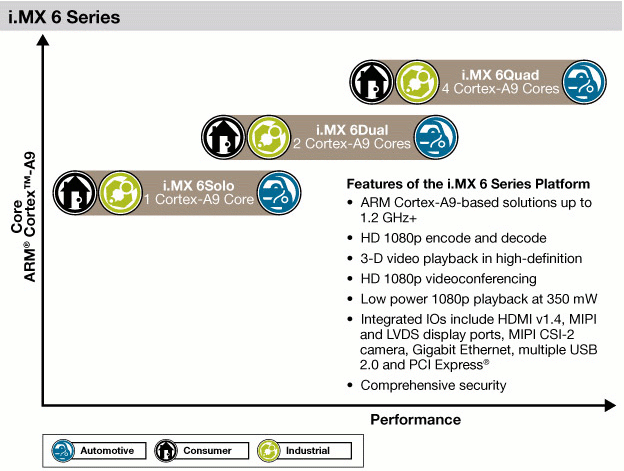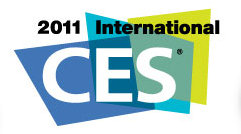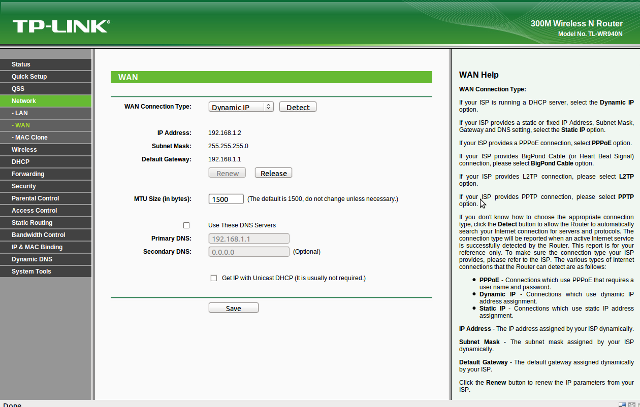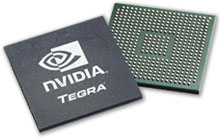CES has just started and Leveno showcased their new Android 2.2 tablet (Lenovo LePad) based on Qualcomm Snapdragon (MSM8x60?) @ 1.3GHz with 1GB RAM, a 10.1″ Capacitive touchscreen (1280×800). Currently on the Wifi version is available, but a 3G/GPS version will be available later this year. The Wifi version will start to sell this month for around 500 USD in China. They use their own UI called “Four Square” on top of Android, the same currently on their phones (LePhone). Lenovo also innovated by providing a dock for their tablet. Once you connect the tablet to the dock TaDa! it becomes a laptop based on Intel iCore 5 running Windows 7. The Intel dock will cost 800 USD. They can then switch back on forth between Android 2.2 and Windows 7 in less than a second. A new version of the LePad (new hardware) will also be provided later this […]
Freescale announces i.MX6 ARM Cortex A9 Multi-core Processor
Right before CES 2011, Freescale announced i.MX6 series, its latest multi-core Cortex A9 processor aimed at smartphones, tablets, eReaders and other consumer electronics equipment. Here’s an excerpt of the press release: Freescale delivers dramatic performance advances for tablet, smartphone, eReader, automotive infotainment and other hot consumer marketsCompatible i.MX 6 series scales from one to four cores and raises the bar with a new portfolio of high-performance, low-power multicore processors AUSTIN, Texas – Jan. 3, 2011 – Freescale Semiconductor introduces the i.MX 6 series of quad-, dual- and single-core applications processors designed to deliver outstanding performance and scalability to manufacturers targeting the hottest selling smart mobile, automotive infotainment and embedded device categories. Integrating one, two or four ARM® Cortex™-A9 cores running at up to 1.2 GHz each, the i.MX 6 series delivers up to five times the performance of Freescale’s current generation of applications processors. This performance provides additional headroom for […]
P2P for embedded systems: BitTorrent and Emule – Part 2
In part1, I explained how to build and install aMule for mips platorm, in part2, we’ll build and install Transmission BitTorrent client for devices based on Sigma Designs SMP8634/SMP8635. Transmission BT is already used in quite a few NAS and media players including Syabas Networked Media Tank, Western Digital WD MyBook, ReadyNAS, D-Link DNS-323 & CH3SNAS… as you can see at the bottom of the transmission download page. Building Transmission 2.13 daemon and client First download Transmission 2.13 source code and required dependencies: OpenSSL 1.0.0c, cURL 7.21.3 and libevent 1.4.14b (do not use libevent 2.0.x). You’ll also need zlib 1.2.5 that we compiled in part1. Extract them: tar xjvf ../Downloads/transmission-2.13.tar.bz2 tar xzvf ../Downloads/openssl-1.0.0c.tar.gz tar xjvf ../Downloads/curl-7.21.3.tar.bz2 tar xzvf ../Downloads/libevent-2.0.9-rc.tar.gz Build OpenSSL 1.0.0c: ./Configure no-asm –prefix=/home/jaufranc/edev/libs linux-generic32 make CC=”mipsel-linux-gcc” AR=”mipsel-linux-ar r” RANLIB=”mipsel-linux-ranlib” make install Build cURL 7.2.13: ./configure –prefix=/home/jaufranc/edev/libs –build=mipsel-linux –target=mipsel-linux -host=i686 –disable-ipv6 –without-random –with-ssl=/home/jaufranc/edev/libs –with-zlib=/home/jaufranc/edev/libs CC=mipsel-linux-gcc LDFLAGS=-ldl make make install […]
P2P for embedded systems: BitTorrent and Emule – Part 1
Whether your device is a Network Access Storage (NAS) or a media player with network capabilities, you may consider adding P2P to allow downloads of files as you would do on your computer. Two of the most used P2P protocols are BitTorrent and eMule, but most of the client have a UI designed for Linux or Windows and may not be easily ported to an embedded system. So what we need to look for here are command line based clients or daemons that can be compiled and run in an embedded platform. After some research, here are the 2 programs we’ll use: aMule 2.2.6 a multiplatform eMule-like client Transmission 2.13 running as a daemon for BT dowloads Today, I’ll show how to use aMule 2.2.6 in Sigma Designs SMP863X target, for example in Popcorn Hour A-100. But a similar method (just a different compiler mips-linux-gnu-gcc and setting Little endian (-EL)) […]
CES 2011 Main Attractions
CES 2011 will be held in Las Vegas 6-9 January 2011 featuring 2700 exhibitors, including manufacturers and service providers for the audio, digital imaging, home theater, wireless, content and gaming markets. Here are what may be the main attractions to look for at the event: Lots of Tablets: Motorola is expected to demo Android 3.0 (Honeycomb) with a 10″ tablet based on NVidia Tegra 2 and announcement about Samsung Galaxy Tab 2 (probably using the Tegra 2 as well) . Here’s a list of companies that will exhibit their tablets at CES 2011: Acer – 7″/10″ Tablets running Android and Windows 7 Archos – Archos Gen 8 Devices: Archos 28/32/43/70/101 running Android Asus – Eee Pad running Windows 7 and Android (March 2011 release) Creative – ZiiO Pure Wireless Entertainment Tablets running Android. Dell – 7″ Dell Streak running Android. Entourage – Dual screen tablet (similar to the Kno) called […]
HTTP Server for uCLinux
You may need a web server on your no-MMU embedded system in order to allow remote configuration or possibly provide external access to some files. Usually, you’ll need a lightweight webserver (e.g. not Apache) with the required features and in case of no-mmu system, source that can accommodates uClinux limitations such as no fork support. You’ll also take into account the programming language or the server: e.g. C/C++. Java, Ruby, Perl… If your system does not support Java or Perl for example, that may not be the best solution to add one of those only for the web server and it also depends on the resources (Flash/RAM) available. There are plenty of C/C++ lightweight http servers such as thttpd or lighttpd, however those are using fork in their code. One open source http server that is lightweight and uses vfork (instead of fork) is mathopd. At the time of writing, […]
Resources for NVidia Tegra 2
NVidia Tegra 2 is currently one of the most powerful processor used in smartphones and tablets such as the upcoming LG Optimus 2X smartphone or the new version of Samsung Galaxy Tab. NVidia describes the processor as follows: NVIDIA® Tegra™ 2 is the world’s most advanced mobile processor, featuring the world’s first mobile dual-core CPU for up to 2x faster Web browsing; the world’s only ultra-low power (ULP) NVIDIA® GeForce® GPU for up to 5x faster gaming; and the world’s first mobile 1080p HD video processor for flawless HD video conferencing and playback. Get never-before-seen experiences on a mobile device with NVIDIA Tegra. NVidia Tegra 2 is based on a dual core Cortex A9 running up to 1GHz, supports 32-bit DDR2 RAM and features NVidia Geforce GPU with OpenGL ES 2.0 support. Contrary to many other companies finding the development kit, documentations and tools is straightforward. Once you get to […]
LG Optimus 2X Teaser Video – LG SU660 – LG P990
As you probably know LG announced their Optimus 2X smartphone based on Nvidia Tegra 2 earlier this week. I’ve just come across a Korean website showing LG teaser video/advertisement. Watch it below. Jean-Luc Aufranc (CNXSoft)Jean-Luc started CNX Software in 2010 as a part-time endeavor, before quitting his job as a software engineering manager, and starting to write daily news, and reviews full time later in 2011. www.cnx-software.com








